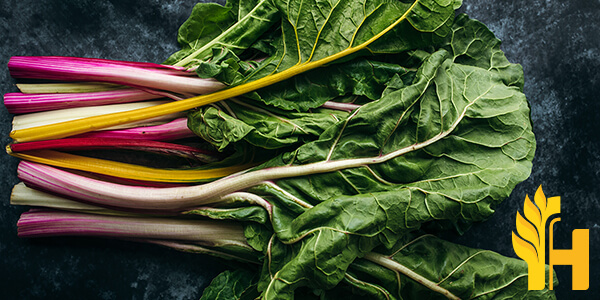Rhubarb price

Where to buy and sell Rhubarb, lowest (cheapest) and highest price.
check offers buy sell RhubarbToday price for RhubarbRhubarb wholesale prices 2022
The Current commodity price of Rhubarb per kg, pound in the world in the global markets
rhubarb outdoor
Price range: 2.18 - 2.18 EUR / 1 kg | Market: Manchester Wholesale Market | Date: 2025-10-27
Rhubarb
Rhubarb is a sour, leafy vegetable that can be used to make various desserts. Rhubarb stalks are very thick and often require the use of a heavy knife or kitchen shears to cut them into chunks before cooking. A good trick for cutting rhubarb is to first slice off the ends with a sharp kitchen knife. Then, take the large chunk of rhubarb and lay it on its side. Using a sharp knife, carefully slice into the skin in one continuous motion. Be sure to then use immediately or store in an airtight container in the freezer for up to three months. When cooking with rhubarb, it's important to use a large pot and be extremely careful not to break the stalks. Rhubarb often releases a lot of juice during cooking. If there is excess water in the pot after cooking, strain out this liquid and reserve it for another use. Rhubarb should be cooked over low heat until tender. Overcooking can cause the rhubarb to become gross and mushy. If this happens, don't despair; it isn't the end of the world. Just cut out any bad pieces before serving or use them as an ingredient in another dish like a sauce or smoothie. Once cooked, the rhubarb can be used in a variety of creative ways. Rhubarb can be added to pies, cobblers, crisps, and even burgers! It tastes delicious when mixed with strawberries and other tart flavors like oranges and lemons. Rhubarb is commonly used in desserts such as crumbles and compotes, but it also tastes great paired with richer foods like meats or cheeses. Be creative and have fun with this healthy, versatile vegetable! Rhubarb is known for its thick stalks and sour taste. It can be used to make pies, crisps, and cobblers and its flower petals can also be eaten raw. It requires cold winters to grow and thrives in areas with an abundance of rain or snowfall. Rhubarb is grown not only for its tartness and its brilliant red color but also for its medicinal effects. It contains high levels of vitamins A, C, and K, and the oxalic acid found in rhubarb can be used to treat kidney stones and other ailments. The sour taste in rhubarb is due to the oxalic acid it contains. While this acid is fine for humans, it can be toxic to animals, which is why you should never feed rhubarb leaves to your pets. Rhubarb stalks are often used in desserts and savory dishes, but they're high in vitamins A and C as well as antioxidants that help fight cancer.Global rhubarb production
In 2016, global production of rhubarb was estimated at 877 thousand tonnes, down slightly from the previous year. The majority of this production takes place in China, which is responsible for around 80% of the world's total. Other major producers include Turkey, Iran, and Afghanistan. Rhubarb is a popular ingredient in pies and other desserts and is also used in some savory dishes. It is high in vitamins and minerals and has a sour taste that can add interest to many different types of recipes. If you're looking for ways to use rhubarb in your cooking, why not try making a rhubarb pie or crumble? You could also add it to jams or chutneys, or even use it in savory dishes such as a stew or curry. Whatever way you choose to use it, we hope you enjoy this delicious and healthy ingredient.Download our new
Husfarm App
Stay up to date with the current prieces of agricultural products all over the world.
Do you want to sell agricultural products?
Are you an Agricultural processor looking for high-quality products to buy?
Post an ad for FREE!
